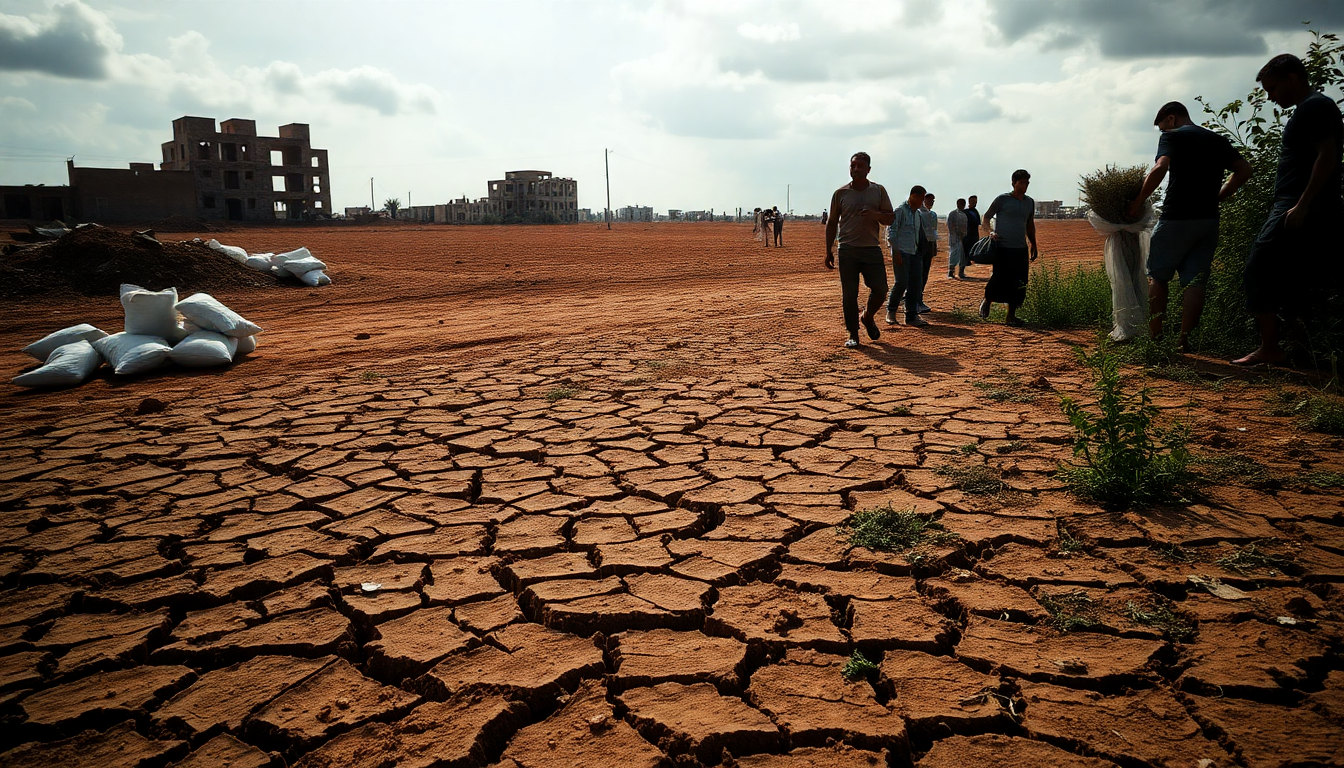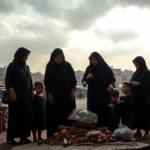Table of Contents
The humanitarian crisis in Gaza is reaching a breaking point, with the Integrated Food Security Phase Classification (IPC) officially declaring that famine has become a grim reality in the region. Over the last 22 months, ongoing conflict and a relentless blockade have created catastrophic living conditions for the people.
So, what’s the current state of famine in Gaza, what’s driving it, and why do we need to pay urgent attention to this crisis? Let’s dive into these pressing questions.
Current State of Famine in Gaza
According to the IPC’s recent findings, more than 500,000 people in Gaza are living in what are considered “catastrophic conditions.” This alarming classification indicates the highest level of food insecurity, marked by starvation, destitution, and tragically high mortality rates.
In Gaza City alone, about 30% of the population is facing these dire circumstances, while another 50% are categorized at the emergency level, which is barely a notch better.
In areas like North Gaza, things aren’t looking any brighter. Although the IPC struggles to gather adequate data for precise classifications, the situation is likely just as severe.
Sadly, projections suggest that famine conditions could soon extend to Deir el-Balah and Khan Younis, where a significant number of people are already grappling with extreme food insecurity.
Recent estimates paint a chilling picture: by mid-2024, a staggering number of children and vulnerable groups could suffer from acute malnutrition.
This highlights the urgent need for effective humanitarian aid. The IPC’s classification of famine is not just a label; it requires solid evidence of acute food insecurity and malnutrition, underlining the severity of the crisis and the imperative for immediate action.
Underlying Causes of the Crisis
So, what’s fueling this ongoing famine in Gaza? The IPC points to a mix of four man-made factors: conflict, displacement, restricted access, and the collapse of the food system. Since the war began, over 62,000 Palestinians have tragically lost their lives, and the humanitarian situation has deteriorated at an alarming rate.
The conflict has led to massive displacements, with around 1.9 million individuals forced to move multiple times. This constant upheaval has wreaked havoc on food security. Add to that the destruction of farmland and restrictions on fishing—critical sources of sustenance in the region—and it’s clear why food security is in freefall.
To make matters worse, the blockade imposed by Israel has created severe shortages of essential supplies like food, clean water, medical supplies, and fuel. While some restrictions have been eased, humanitarian access overall remains critically limited, worsening the plight of the people in Gaza.
The Global Response and Future Outlook
The IPC is a crucial tool for the international community in gauging food insecurity levels worldwide. The declaration of famine in Gaza has spotlighted the urgent need for humanitarian intervention. UN Secretary-General Antonio Guterres has described the situation as a “man-made disaster,” emphasizing Israel’s obligations under international law to ensure humanitarian aid reaches the people of Gaza.
Humanitarian organizations are sounding the alarm, calling for immediate action. They warn that without unimpeded access to aid and a ceasefire, more lives will be lost to starvation and disease. The complexities of famine classification involve rigorous review processes to guarantee accuracy and neutrality, relying on experts in food security and nutrition.
As the situation in Gaza continues to unfold, the international community stands at a critical crossroads. The data provided by the IPC is essential for preventing further crises and mobilizing timely responses to alleviate suffering. In the months ahead, the focus must remain on addressing the urgent humanitarian needs of the people in Gaza, ensuring that aid reaches those who need it most.





